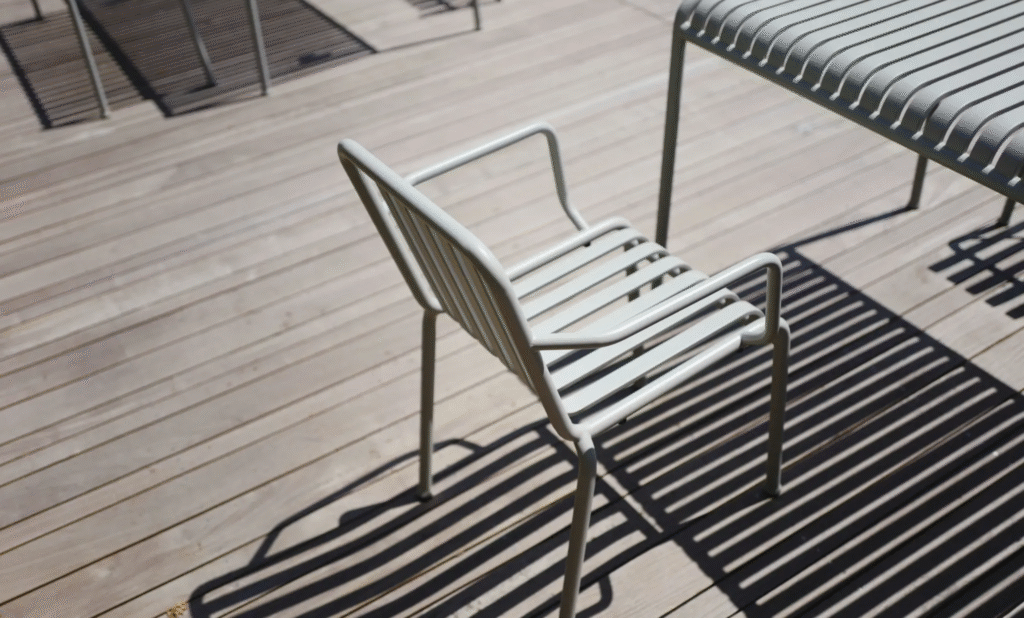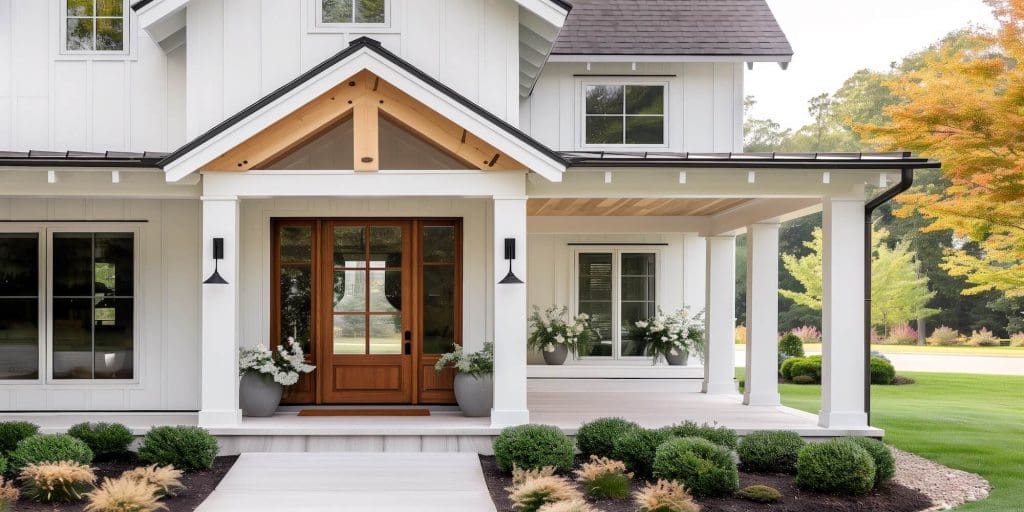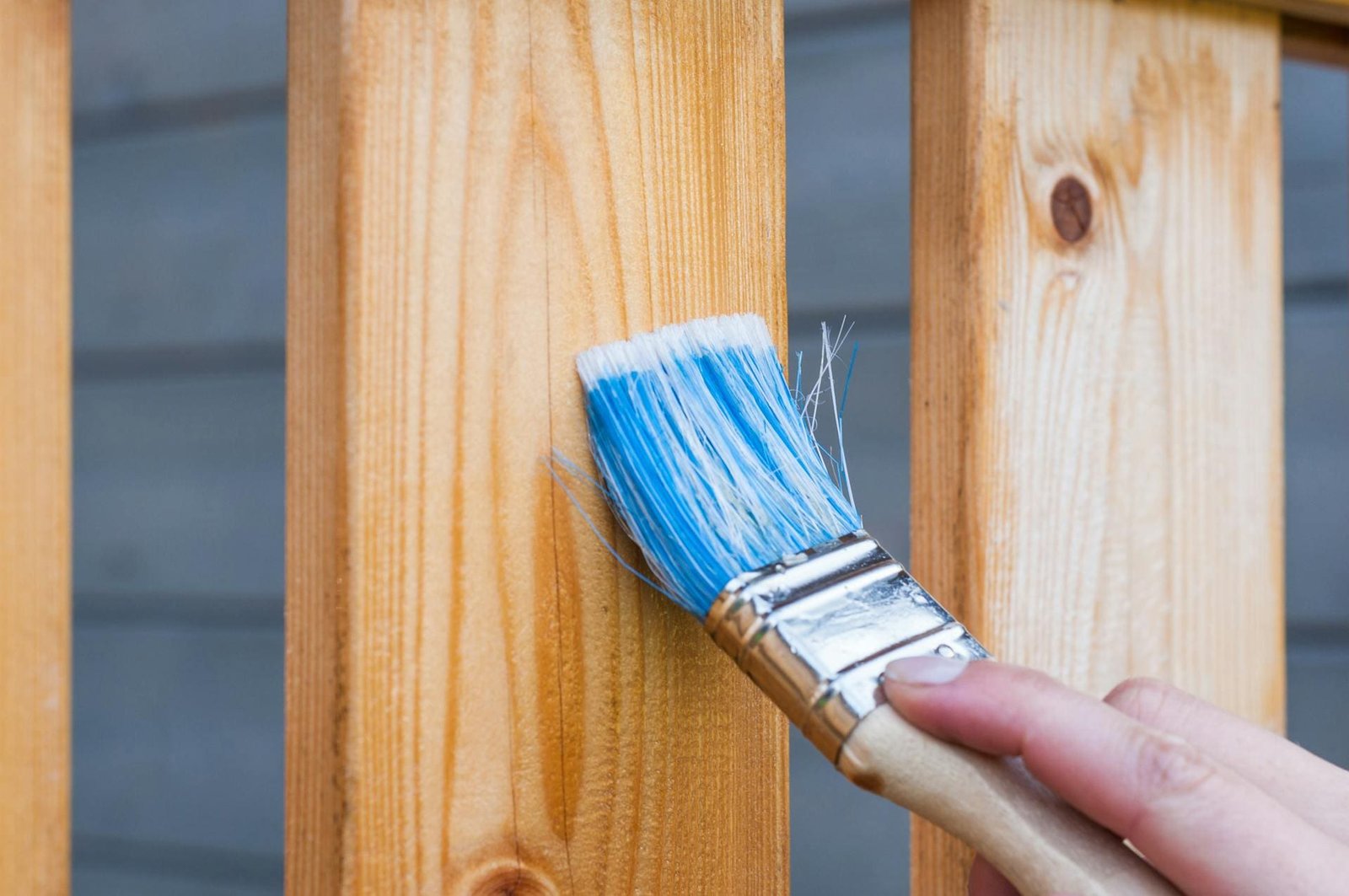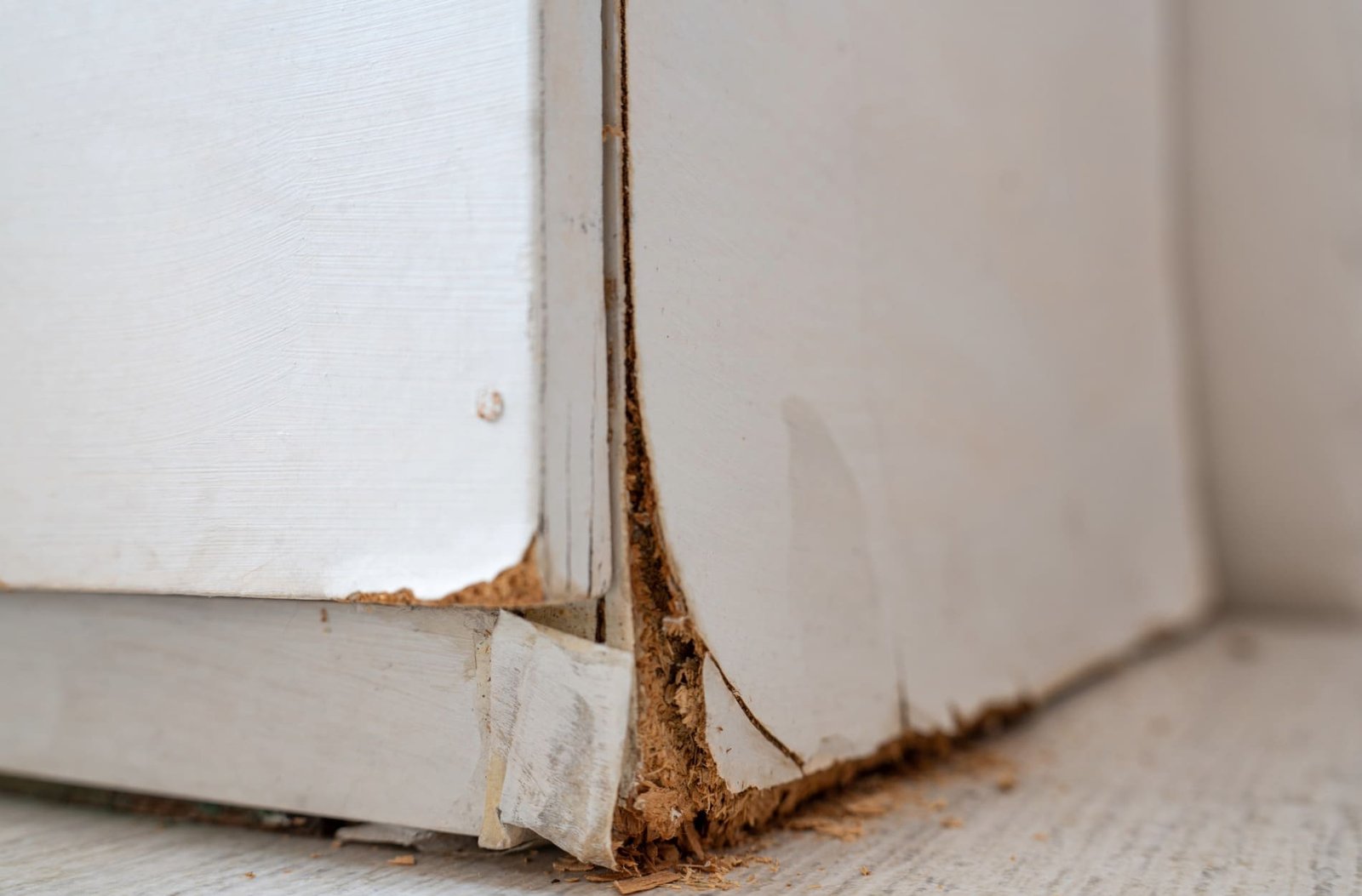Both paint and stain protect exterior wood, yet the “better” choice hinges on climate, wood type, and the look you want. Homeowners ask the same question every season, so let’s settle it with facts, not folklore.
This guide explores whether paint or stain is better for exterior wood, weighs strengths and weaknesses, and shows how to pick the right finish for Tennessee’s weather.
Expect clear takeaways on the best finish for exterior wood, sensible exterior wood protection options, and honest talk about paint vs stain durability.
Quick Overview: Key Differences Between Paint And Stain
✓ Paint forms a film while stain soaks in, offering two distinct wood finishing techniques.
✓ High-quality coatings boast impressive paint longevity; thinner stains usually need touch-ups sooner.
✓ Paint hides grain for bolder color, whereas stain highlights natural beauty through light wood surface treatment.
✓ Up-front costs can favor stain, though long life may swing the math back toward paint.
✓ Heavy rain, blazing sun, or deep shade affect performance, so match the product to real-world exposure.

Paint For Exterior Wood
Paint shines when color freedom and full sealing matter most. Dense pigments block weather, insects, and UV rays better than sheer finishes. That armor explains why many historic homes still flaunt century-old clapboards under fresh coats.
You’ll also find endless exterior wood paint options at any hardware aisle, from muted earth tones to daring teal. Add a primer, and the film locks moisture out, a vital step in sealing exterior wood against rot.
Keep in mind, though, bright hues may fade faster, so annual washing and spot-priming preserve good looks and sound painted wood care.
Looking to match a bright baluster to vintage charm? Browse deck railing ideas that let bold paint colors steal the show without clashing with the rest of the porch.
Stain Exterior Wood
Sometimes subtle beauty beats splashy color. Stain excels when you want grain to peek through and the project demands quicker refresh cycles. A single coat can make cedar glow while letting boards breathe.
Because stain seeps deep, it supports wood grain preservation and gives you choices from clear to semi-transparent stain. Rich pigments also pack UV protection for wood, shielding fibers without a thick shell.
If you ever spot splinters or mold, light sanding and a fresh pass keep the surface lively; far easier than stripping old paint.
Got cracked planks from last winter’s freeze? Before cosmetic work, pros can repair wooden deck boards so stain lays smooth and even.
How To Decide: Factors To Consider Before Choosing
Climate, budget, and style all play parts. Break them down category by category to see which finish wins.
Climate And Weather
Tennessee offers hot summers, humid springs, and surprise ice. Ask local pros experienced in choosing wood finishes which products shrug off storms.
Wood Species
Soft pine drinks stain fast, while dense hardwoods reject thick films. Match product to grain for smart wood maintenance tips.
Desired Upkeep
Hate scraping? Stain invites simple recoats. Fine with longer intervals? Paint may save yearly chores yet still protect wood exterior.
Personal Style
Bold doors and shutters beg for paint drama. Rustic cabins love stain’s earthy vibe.
Long-Term Plans
Planning a resale? Buyers often favor finishes that promise fewer weekend projects down the road.

How To Stain A Wood Door The Right Way
A door endures more abuse than any other board on the house. Preparing it well ensures the finish lasts.
Before starting, remember that professionals stain an exterior wood door with careful prep and weather-smart timing. They inspect joints, remove hardware, and sand smoothly.
Below are elements they always factor in:
- Prepping wood for stain includes cleaning grime so adhesion won’t fail.
- Balanced moisture matters; too wet or too dry can cause blotches.
- High-grade brushes plus even strokes deliver pro-level staining techniques.
- Routine outdoor wood door care extends life between refreshes.
Grabbed a gallon for the backyard fence? Consider DIY fence staining on quieter weekends while experts tackle the show-piece door.
Maintenance Tips For Painted Vs. Stained Wood
Proper care keeps either finish looking sharp. Think of it as an insurance plan for curb appeal.
- Repainting wood every five to ten years depends on sun, rain, and product quality.
- A two-to-three-year re-staining schedule keeps color rich and grain defined.
- Gentle washing twice a year counts as essential outdoor wood maintenance.
- Sheltered corners still need airflow to prevent rot from excess sun exposure and trapped moisture.
Environmental And Sustainability Considerations
Green choices matter. Many brands now offer low VOC wood finishes that limit fumes and health risks. Water-based stains also clean up with soap, reducing solvent waste.
Look for certifications that signal sustainable wood treatment and recycled packaging. When only paint will do, select eco-friendly exterior paint lines that balance longevity with minimal environmental impact.
Cost Comparison: Upfront And Long-Term
Stain often wins price wars at checkout. Yet, math changes if shorter lifespans demand frequent coats. Factor labor, too; pros may charge less to apply stain because prep can be lighter.
On the flip side, premium paint carries steeper shelf prices but may postpone repeat work for a decade. Accurate quotes weigh exterior wood refinishing costs, lay out a wood finishing cost breakdown, and help set a realistic budget for wood treatment that lasts.
Conclusion: Which Is Better? It Depends On Your Goals
There’s no one-size answer. Paint delivers armor-like coverage, wide color palettes, and extended intervals between jobs. Stain offers natural charm, breathable protection, and easier touch-ups. The “best” route aligns with lifestyle, climate, and timetable for upkeep.
When you match product to purpose, you gain best wood protection and reduce headaches down the road. Think long-term about weather shifts, resale value, and personal taste, and you’ll secure smart long-term wood care. Still debating? Professional wood finish advice can save time, cash, and confusion.

Frequently Asked Question
What lasts longer on exterior wood: paint or stain?
Thick paint films usually beat stain for wood finish durability but only if applied over proper prep.
Can I switch from stain to paint on exterior wood?
Yes, yet the surface must be clean, dry, and sanded to ensure new layers bond.
Does stained wood need to be sealed?
Light coats sometimes benefit from additional protection like sealing stained wood with clear topcoats.
Is it cheaper to stain or paint wood?
Upfront costs favor stain, though paint’s longer life can balance budgets over time.
Which is better for decks: paint or stain?
Many pros pick stain for deck wood care because it resists peeling on heavy foot traffic.
Call To Action
Ready to refresh your siding, door, or deck? PaintPro’s Middle Tennessee team handles every step from prep to final coat. Call 615-645-2920, visit 1814 Lasea Rd, Spring Hill, or book online at paintprotn.com for expert help today.








